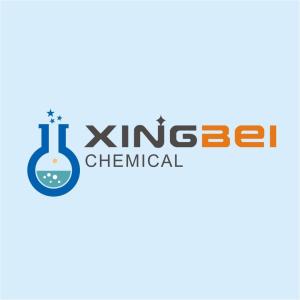Mirabegron, with the chemical formula C21H24N4O2S and CAS registry number 223673-61-8, is a compound known for its use as a selective β3-adrenergic receptor agonist. This medication is primarily used to treat overactive bladder (OAB) symptoms such as urinary frequency, urgency, and incontinence. Mirabegron works by relaxing the smooth muscle of the bladder, increasing the bladder's storage capacity and reducing the urge to urinate. It is available in oral tablet form and is typically taken once daily. Common side effects may include increased blood pressure, headache, and urinary tract infections. Mirabegron has been shown to be effective in improving OAB symptoms and is considered a safe and well-tolerated treatment option for individuals with this condition.
View more+
1. Names and Identifiers
2. Properties
3. Use and Manufacturing
4. MSDS
5. Computed Properties
8. Related Questions
9. Realated Product Infomation

 EN
EN









